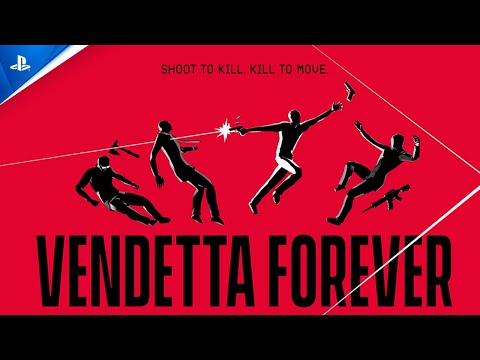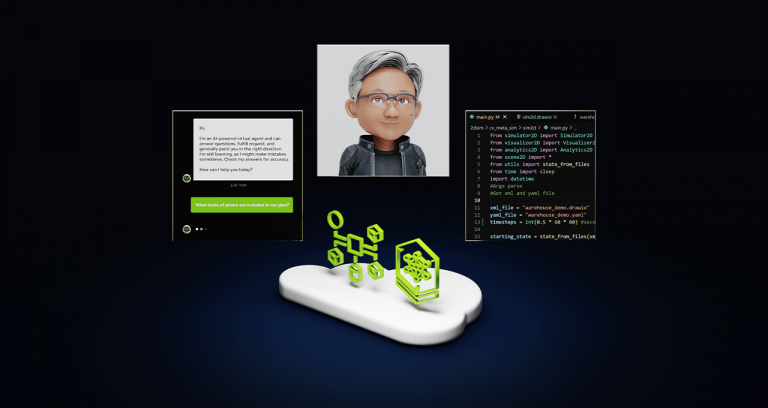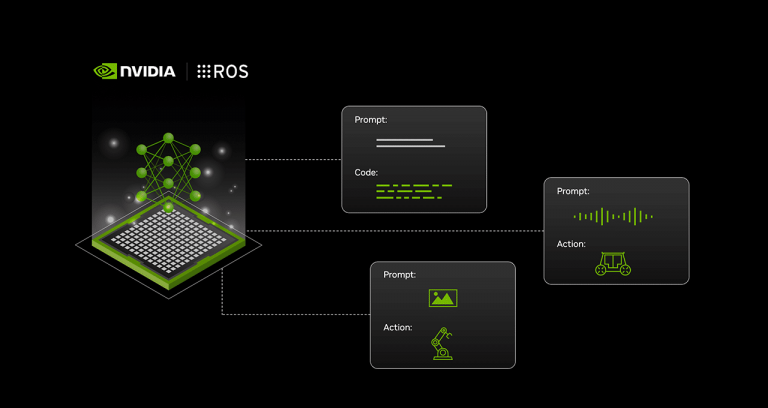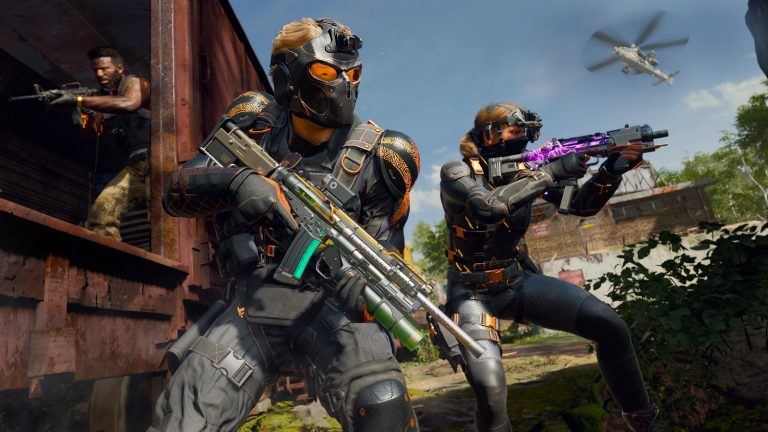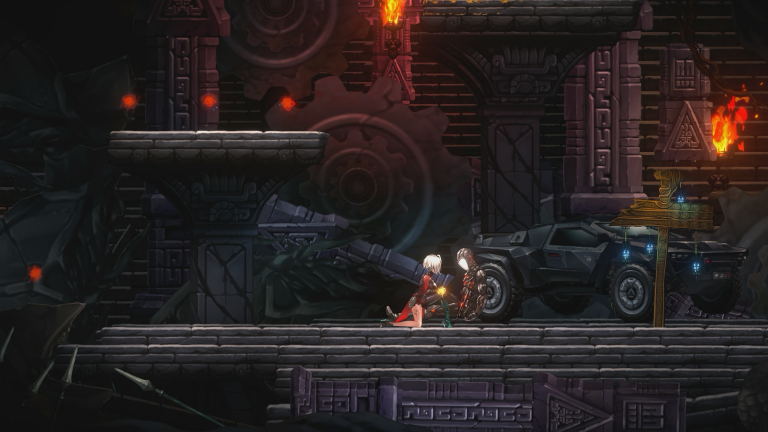
In early 2021 some clever bods* at a university wrote a research paper about how individual game mechanics affect player attrition (i.e. how many players your game loses over time). It was called ‘Serious Snacking: A Survival Analysis of how Snacking Mechanics Affect Attrition in a Mobile Serious Game’. While that title might make it sound a bit daunting, the paper has some really useful tips on ways to successfully keep people coming back to a game over a long period of time (called ‘snacking’). And luckily, we’ve done the reading so you don’t have to.
Why is snacking good?
Some games are designed for long single-play sessions (called ‘feasting’). But for most casual and hypercasual games played on mobile devices, short daily interactions with people coming back regularly are going to be most profitable for developers. So the more snacking you can encourage, the better it’s going to be for your bottom line.
Snack time
In a previous work the researchers had come up with a framework of five game mechanics which encourage people to ‘snack’ on games – i.e. play regularly in short bursts. They were:
- rewards: immediate bonuses for completing certain actions
- novelty: giving players new game elements
- completion: letting them finish tasks, quests or goals
- blocking: stopping them playing for a certain amount of time
- waiting: hindering players’ progress or stopping them from accessing certain resources.
Just knowing what encouraged people to snack wasn’t enough for our researchers though – they wanted to find out which one of these was the best at successfully engaging people for a long period of time.
Time for a test
The researchers built a game called Infinitus Algebraica (AKA Infinitu8 Algebra1ca) which let players solve equations by choosing tiles from a grid. They generated 350 levels which got more difficult as players progressed, then monitored which of the mechanics encouraged the most snacking. They then released six versions of Infinitus Algebraica on iOS and Android, and observed how participants played over three weeks, in uncontrolled conditions. There was a base game, then alternative versions each featuring one of the five mechanics.
- Base game: no power-ups or inventory system. Visual skins, background music, and all levels were unlocked from the start.
- Rewards: this added a scoring mechanic with power-ups.
- Novelty: an RPG-like levelling-up system with 40 ranks. When players hit certain levels, they got skins, music, and power-ups.
- Completion: there were 48 missions. Players got power-ups, skins, and music for completing these.
- Blocking: the researchers restricted play time to ten minutes every eight hours.
- Waiting: every eight hours the game selected and spawned power-ups. The rest of the time it displayed a countdown to the next one.
Our researchers then analyzed the player behaviors that each one of these encouraged.
What were the results?
With novelty, waiting, and rewards, participants tended to play lots in the first few days but then drop off quickly. Blocking and completion got the strongest sustained engagement. Of these, completion was the overall winner when it came to persuading people to play over a longer time – 20 to 25 days, compared to ten days for the other mechanics. The analysis also showed that these results couldn’t be explained by motivation or differences in performance, so it had to come down to the different game mechanics.
Hold on a second…
Before you go rushing off to redesign your game so it’s full of completion, you need to know that this study didn’t have a huge amount of participants – 149 players downloaded the game, and 99 of those played it at least once. The researchers only measured their responses for a fairly short amount of time as well.
This doesn’t mean the research isn’t valid though. It just means that you’ll need to do your own investigations to decide if completion is the best mechanic to get people regularly coming back to your game. Don’t worry, we’re not asking you to write your own research paper (although do feel free to do that as well if you have the time). But some A/B testing of players’ reactions to the different mechanics could really help you boost those all-important numbers. Have a look at our A/B testing tool to find out how to do this.
*The clever bods’ names are Dmitry Alexandrovsky, Maximilian Achim Friehs, Jendrik Grittner, Susanne Putze, Max V Birk, Rainer Malaka and Regan L Mandryk.




